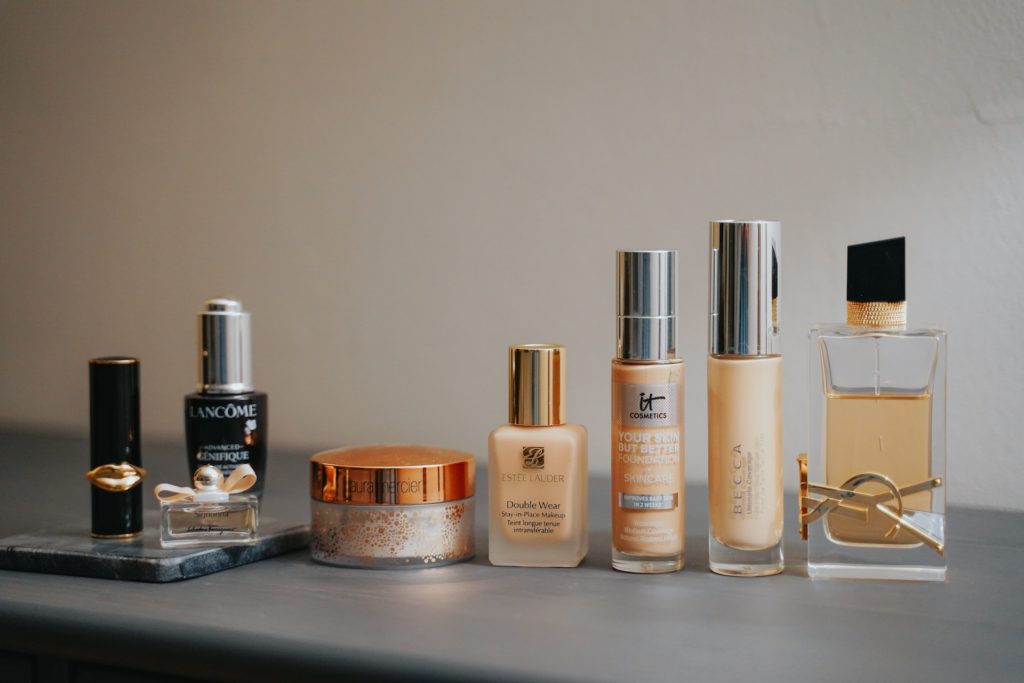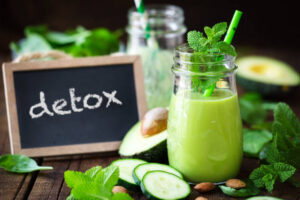There is no doubt that the global skincare market will reach sky-high numbers by 2026, with the beauty industry booming and growing every year thanks to sustainable beauty products.
There has been a rapid development of new skincare regimens and sustainable beauty products entering the market, which is primarily responsible for the success of this industry.
However, the real cost may not just be the monetary one. Environmental damage is a notorious problem in the beauty and skincare industries, thus the need for eco-friendly living and environmental sustainability to reduce the impact of climate change.
Several ways are involved in their contribution to pollution and resource depletion. Furthermore, they engage in unethical practices and abuse human rights. Consumers are unwittingly contributing to the problem by increasing demand.
Are Sustainable Beauty Products Right for You?

You’re not only helping the environment when you switch to sustainable beauty products, but you’re also improving your health.
Both humans and the environment can be harmed by conventional personal care products that contain synthetic chemicals.
It is better for you and the planet if you choose sustainable beauty products over those that contain harmful ingredients.
Greenwashing is a Problem
A company may greenwash its products by exaggerating or falsifying the claims they make about them to deceive environmentally conscious consumers.
Ethical violations result from this practice because it misleads the public and takes time away from important environmental activities.
According to the FTC, companies should follow these general rules regarding environmental claims to avoid greenwashing:
- All marketing and packaging must clearly state the product’s green attributes. The claim should also include any qualifications or disclosures.
- Any claim should identify whether it is related to either the product or the packaging.
- It should not exaggerate the benefits or impact of the product on the environment.
- Whenever comparisons are made with competing companies, the evidence must be presented.
Put quantifiable information at the forefront of product labels and advertising. Make it clear to the consumer what you are doing to make the beauty industry more sustainable.
As a result, you can display your brand’s impact on the environment, build trust in your brand, and set an example for other businesses interested in sustainable beauty products.
Steps to Change to Sustainable Beauty Products?
You can make the transition to sustainable beauty products easier by doing a few things.
- Learn about the various brands and products available by doing your research
- Consider companies that use non-toxic, natural ingredients and prioritize sustainability
- Use multi-purpose products and minimize packaging waste to reduce your overall consumption
The Best Tips for Sustainable Beauty Products Routines

1. Pay attention to product labels
Before purchasing any personal care product, be sure to read the label and ingredient list. Instead of artificial chemicals, choose products that use natural ingredients. Microbeads and microplastics, which harm the environment, should be avoided in products.
2. Utilize reusable containers
Choose refillable beauty containers to reduce waste and save money. Use bulk shampoo, conditioner, and body wash instead of single-use plastic bottles. Many sustainable beauty products offer refillable goods.
3. Choose biodegradable products
Make sure the products you choose are biodegradable and will decompose naturally over time. Biodegradable dental floss, bamboo toothbrushes, and bamboo cotton swabs are examples of this type of product.
4. Don’t overuse products
Using too many beauty products can waste resources and negatively impact the environment. Only use products when necessary and sparingly. Embrace your natural beauty with a minimalist routine.
5. Invest in sustainable brands
Invest in eco-friendly products that prioritize sustainability. To ensure that products meet certain sustainability standards, look for USDA Organic, Fair Trade, or Cruelty-Free certifications.
Lifestyle Changes to Ensure Using Sustainable Beauty Products

1. Evaluate personal care needs and minimize product consumption
Take a closer look at your personal care routine and assess if there are any products you can eliminate or reduce.
Consider multi-purpose products that can serve multiple functions and simplify your routine. Minimizing product consumption helps reduce waste and promotes a more sustainable lifestyle.
2. Explore DIY options and homemade alternatives
Embrace the creativity of making your personal care products. Many items can be easily made at home using simple ingredients like baking soda, coconut oil, or essential oils.
DIY options not only reduce packaging waste but also allow you to customize sustainable beauty products to suit your preferences.
3. Practice mindful shopping and avoid impulsive purchases
Before buying personal care products, practice mindful shopping by considering whether you genuinely need the item and if it aligns with your sustainability goals.
Avoid impulsive purchases driven by marketing or trends. Taking a moment to reflect on your choices can prevent unnecessary consumption and waste.
4. Prioritize durability and longevity
Look for personal care products that are built to last. Choose items made from durable and high-quality materials that can withstand long-term use.
Investing in well-made sustainable beauty products reduce the need for frequent replacements, minimizing waste and resources used in the manufacturing process.
5. Adopt a minimalist approach
Embrace a minimalist mindset when it comes to personal care. Focus on quality over quantity and select products that serve your specific needs.
By simplifying your routine and decluttering your personal care collection, you can reduce waste and create a more sustainable lifestyle.
6. Embrace reusable alternatives
Swap single-use items with reusable alternatives. For example, replace disposable cotton pads with washable cloth pads, or opt for a reusable menstrual cup instead of disposable tampons or pads.
These changes reduce waste and lessen the environmental impact of your personal care routine.
By implementing these lifestyle changes, you can minimize waste, reduce consumption, and align your personal care routine with a more sustainable and eco-friendly approach.
Eco-Friendly Personal Care Products: Challenges and Solutions

1. Accessibility/availability of eco-friendly products
Finding eco-friendly personal care products may be challenging depending on your location or local stores.
Explore online retailers and eco-friendly brands that offer shipping to your area. Join online communities or forums where members share information on where to find eco-friendly products locally.
Consider supporting local artisans or farmers’ markets that offer sustainable personal care options.
2. Cost considerations
Some eco-friendly personal care products may have a higher price point compared to conventional products.
Look for budget-friendly options within the eco-friendly beauty products. Consider purchasing in bulk or during sales to save money.
Additionally, explore DIY alternatives as they can be cost-effective and allow you to control the ingredients used.
3. Marketing hype and greenwashing
The personal care industry is filled with marketing claims and greenwashing, making it difficult to discern genuinely eco-friendly products.
Educate yourself about certifications and eco-labels to help identify legitimate eco-friendly products. Look for third-party certifications from reputable organizations.
Research the brand’s sustainability practices, ingredient sourcing, and manufacturing processes. Read customer reviews and seek recommendations from trusted sources to make informed choices.
4. Adjusting to new product formulations
Switching to eco-friendly personal care products may require adjustments as the formulations and ingredients differ from conventional products.
Be patient and give your body time to adapt to the new sustainable beauty products. It may take a few weeks for your skin or hair to adjust.
Consider performing patch tests before fully incorporating new products. Experiment with different brands and formulations to find the ones that work best for you.
5. Overcoming attachment to familiar products
Letting go of familiar conventional products can be emotionally challenging, especially if you have been using them for a long time.
Reflect on the reasons why you want to switch to eco-friendly products and the positive impact it has on the environment.
Gradually introduce eco-friendly alternatives while still using up your existing products. Over time, you may find that the benefits of eco-friendly choices outweigh your attachment to familiar products.
Conclusion
By addressing these challenges and implementing the suggested solutions, you can overcome barriers to transitioning to eco-friendly personal care products.
Remember that every small change you make towards switching to sustainable beauty products contributes to a more sustainable and environmentally conscious lifestyle.







